To fully enjoy the allure of coffee, it’s essential to know how to select the right beans and brew them properly. With a straightforward guide that’s easy for beginners to follow, you can discover the coffee that suits your taste perfectly. By grasping some basic information, you can elevate your coffee time at home into something truly special.
In this article, we delve into the types of coffee beans, the appeal of roasting, brewing techniques, and storage methods. Packed with information to enhance your coffee experience, we invite you to read on and savor every bit.
- How to find the perfect coffee for you by understanding the types and characteristics of coffee beans
- Home roasting methods and how different roast levels affect flavor
- Key points for brewing delicious coffee and tips for storage
The Basics of Coffee: Choosing the Right Type
To truly enjoy coffee, it’s essential to understand the basics. There are various types of coffee beans, each with its own characteristics and flavors. Without knowing how to choose, finding the coffee that suits your taste can be challenging. In this section, we’ll delve into the different types of coffee beans, their unique features, and how to select the perfect coffee for you. We hope you find this information helpful!
Types of Coffee Beans and Their Characteristics
Coffee beans can be broadly categorized into two main types: Arabica and Robusta. Arabica beans are known for their aromatic qualities, acidity, and rich flavor, making them a favorite among many coffee lovers. On the other hand, Robusta beans are stronger and contain more caffeine, making them ideal for those who prefer a bolder taste. Additionally, the flavor can vary by region, allowing you to enjoy distinct coffees from countries like Ethiopia, Colombia, and Brazil, each showcasing their unique characteristics.
The roasting process also influences the flavor profile. Light roasts tend to be fruity and highlight acidity, while dark roasts have a richer body and stronger bitterness. It’s a good idea to experiment with different beans based on your mood and preferences!
- The two main types of coffee beans are Arabica and Robusta.
- Enjoy the flavor differences between various regions.
- Experience the taste variations based on roasting levels.
How to Choose the Right Coffee for You
Choosing the right coffee starts with understanding your own preferences. Consider the flavors of the beverages and foods you usually enjoy. For instance, if you like acidity, a light-roasted Arabica might be just what you need, while those seeking a rich flavor may prefer a dark-roasted Robusta.
Another great way to discover your taste is through sampling. Visiting coffee shops to try different varieties or sharing coffee with friends can help you pinpoint your favorite flavors. Remember, each cup of coffee can offer a unique experience, so enjoy the journey of finding what you love.
- It’s important to understand your flavor preferences.
- Compare different types through tasting sessions.
- Enjoy the process of choosing your coffee!
The Joy of Roasting: How to Roast Coffee at Home
To truly enhance your coffee experience, roasting at home is essential. Roasting is a crucial process that brings out the flavor of coffee beans and allows you to enjoy a taste tailored to your preferences. In this section, we’ll dive into the basics of roasting, the necessary equipment, and how different roasting levels affect flavor. We encourage you to give it a try!
The Basics of Roasting and Equipment
Roasting is the process of heating green coffee beans, which transforms their aroma and flavor. At home, you can roast beans using a dedicated coffee roaster or even a frying pan or oven. Each method has unique characteristics, allowing you to choose one that suits your needs.
The key to successful roasting is to heat the beans evenly. Adjusting the heat and timing can significantly alter the flavor. If you’re a beginner, it’s a good idea to start with a small batch of beans and experiment until you find your ideal taste. The fun of roasting lies in creating your own signature coffee, all while enjoying the delightful aroma that fills your kitchen.
- The process of heating green beans to change their flavor
- Options include dedicated roasters, frying pans, and ovens
- Even heating is crucial for successful roasting
Flavor Differences Based on Roasting Levels
The level of roasting can dramatically change the taste of your coffee. Light roasts are fruity and have a pronounced acidity, allowing you to experience the beans’ inherent flavors. In contrast, dark roasts bring out more bitterness and a rich body, often revealing notes reminiscent of chocolate or nuts.
When selecting a roasting level, it’s important to adjust according to your taste preferences and the occasion. For instance, if you’re looking for a refreshing flavor to start your day, a light roast might be the way to go, while a dark roast could be perfect for a relaxing evening. Through roasting, you can explore a variety of flavors and discover your personal style.
- Light roasts offer fruity flavors and highlight the beans’ natural qualities
- Dark roasts have a stronger bitterness and richer taste
- Choosing the right roasting level for the occasion is key
Mastering the Art of Extraction: Brewing Delicious Coffee
To truly appreciate the rich flavors of coffee, mastering extraction techniques is essential. Knowing how to draw out the perfect taste from roasted beans requires familiarity with various brewing methods. In this section, we’ll explore different coffee extraction methods and the crucial role water plays in the brewing process. Use this guide to help you brew the perfect cup of coffee.
Types of Brewing Methods
When it comes to brewing coffee, there are several styles to choose from, including drip, French press, espresso, and siphon. Each method produces distinct flavors, so it’s important to select one that aligns with your personal taste. For instance, drip coffee is known for its clean and crisp flavor, making it an easy favorite for many. On the other hand, the French press allows coffee oils to be extracted, resulting in a richer and more robust taste.
Espresso, a method that extracts a concentrated flavor in a short amount of time, serves as the base for drinks like lattes and cappuccinos. Siphon brewing is visually captivating and excels at bringing out the aromatic qualities of coffee, making it perfect for special coffee occasions. Experiment with different brewing methods to find your favorite!
- Drip coffee offers a clean flavor
- French press brings out rich flavors
- Espresso serves as a base for bold coffee drinks
The Importance of Water in Brewing
Water is a vital component in determining the flavor of your coffee. The quality and temperature of the water you use can significantly affect the extraction results. For example, using hard water can make coffee taste bitter, while soft water tends to yield a more refreshing flavor. Paying attention to the mineral balance in your water can help you brew a better cup.
Additionally, the temperature of the water during extraction is crucial. Generally, a temperature range of 195°F to 203°F (90°C to 95°C) is considered ideal, but the optimal temperature can vary depending on the roast level of the beans. Light roasts often benefit from slightly lower temperatures, while dark roasts may require higher temperatures. Keep the quality and temperature of your water in mind to enhance your coffee experience.
- The quality of water greatly impacts coffee flavor
- Hard water vs. soft water affects taste
- Adjust water temperature based on roast level during extraction
Storage and Management: Keeping Your Coffee Fresh
To fully enjoy the rich flavors of coffee, proper storage and management are essential. Coffee beans deteriorate over time, losing their aroma and taste. In this section, we’ll delve into effective methods for storing coffee and tips to prevent its degradation. By understanding the right storage techniques, you can savor fresh and delicious coffee anytime.
How to Store Coffee
The key to storing coffee beans is to keep them away from direct sunlight and moisture. Ideally, you should store them in an airtight container in a cool, dark place. Glass or metal containers work best for this purpose. Be cautious with plastic containers, as they can absorb odors over time.
Once opened, aim to use the beans as quickly as possible. Freshly roasted beans are particularly aromatic, so it’s best to enjoy them soon after purchase. If you need to store coffee for an extended period, freezing is an option, but remember to let the beans come to room temperature before using them.
- Store coffee beans in an airtight container in a cool, dark place
- Glass or metal containers are the best options
- It’s advisable to use the beans quickly after opening
Tips to Prevent Deterioration
To prevent coffee from degrading, there are several key points to keep in mind. First, choose a dry storage location to avoid moisture. It’s also crucial to steer clear of places with drastic temperature changes or near strong-smelling foods.
Moreover, be mindful when brewing coffee. Grinding only the amount you need helps prevent oxidation and maintains freshness. Use ground coffee as quickly as possible to enjoy its full flavor. By following these tips, you can ensure that your coffee stays fresh and delicious for longer.
- Store in a dry place to avoid moisture
- Avoid locations with temperature fluctuations or strong-smelling foods
- Grind only what you need to maintain freshness
Conclusion
To truly appreciate the allure of coffee and enjoy a personalized coffee experience, it’s essential to understand how to choose, roast, brew, and store your beans. By learning about different types of beans, roasting levels, and brewing methods, you’ll be able to make delicious coffee right at home. Additionally, implementing proper storage techniques ensures that you can savor fresh coffee whenever you want.
As you explore these guidelines, take the time to discover your unique way of enjoying coffee. You might find that a new coffee experience enriches your daily routine. We encourage you to put these tips into practice and elevate your coffee life.
- Understanding the various types and characteristics of coffee beans is key.
- Enjoying the roasting and brewing process at home allows you to create unique coffee blends.
- Practicing proper storage methods helps keep your coffee fresh for longer.
We hope your coffee journey becomes even more delightful! If you have any thoughts or questions, feel free to share them in the comments—we’d love to hear from you!


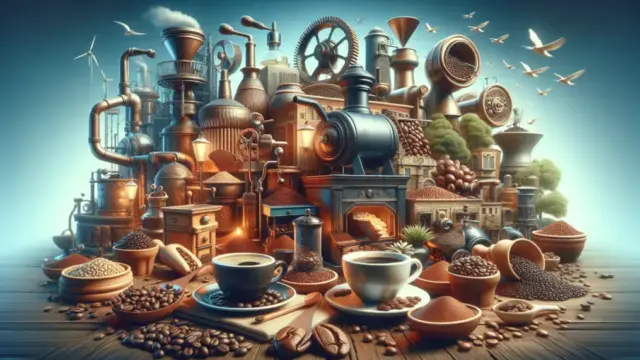


















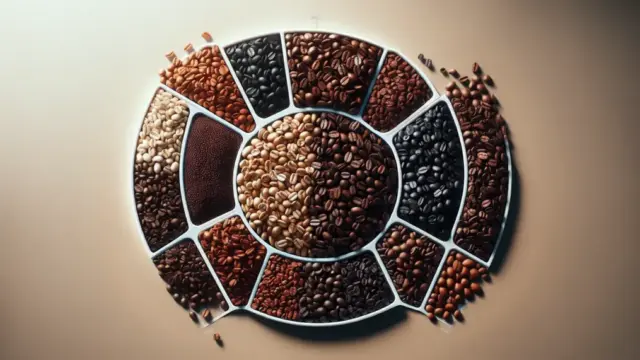

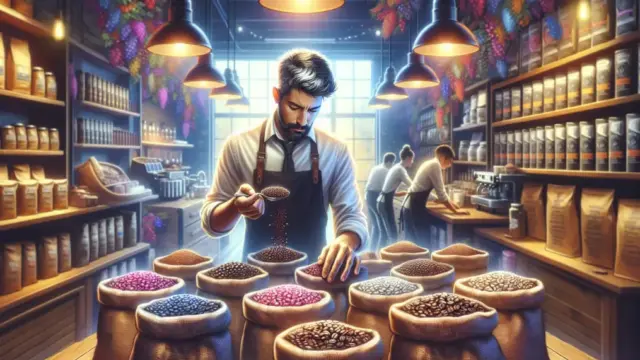


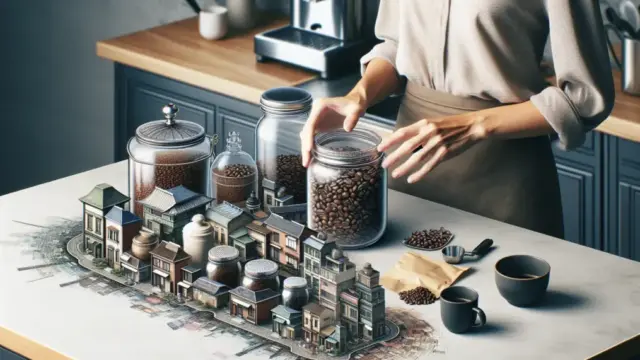




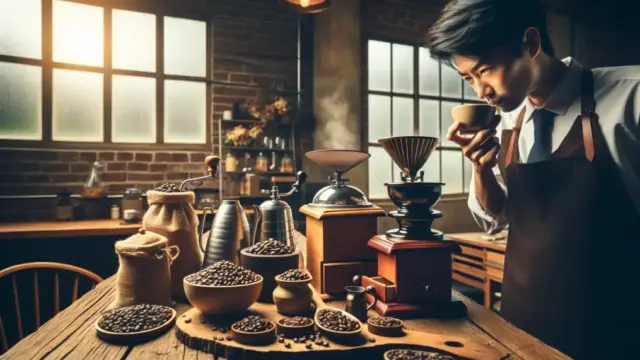

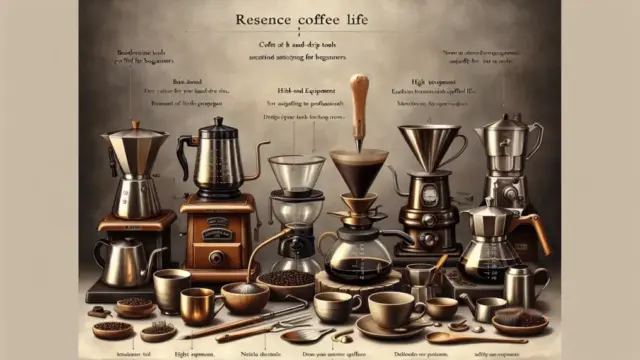





















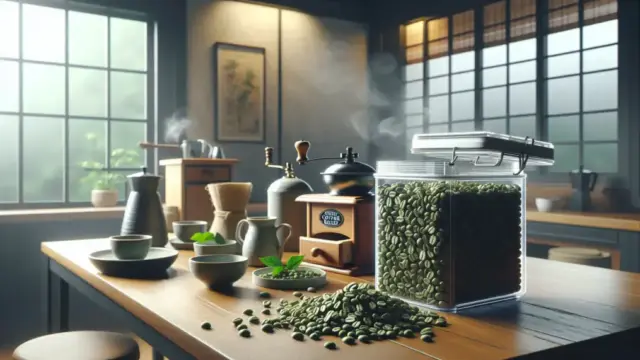




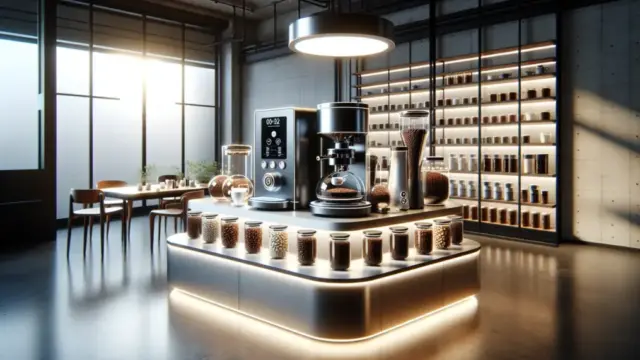


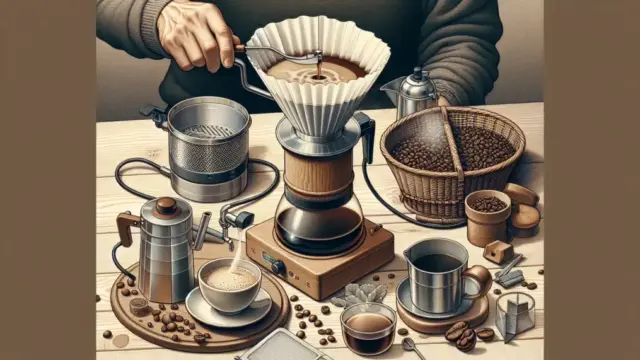


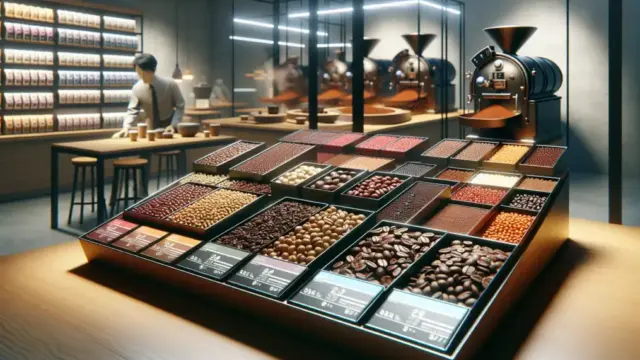

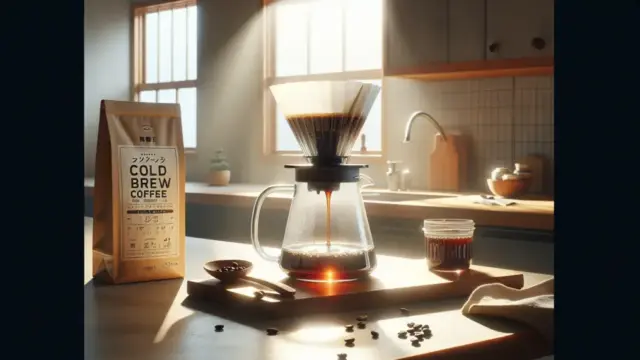
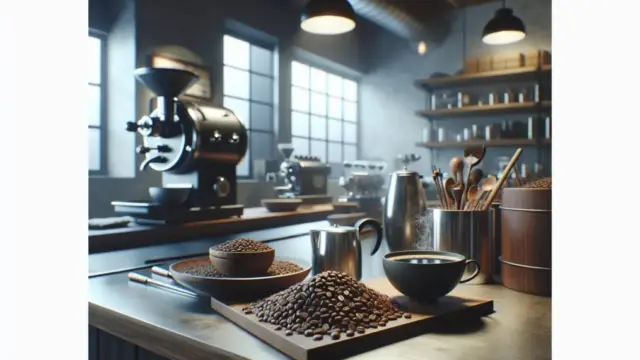
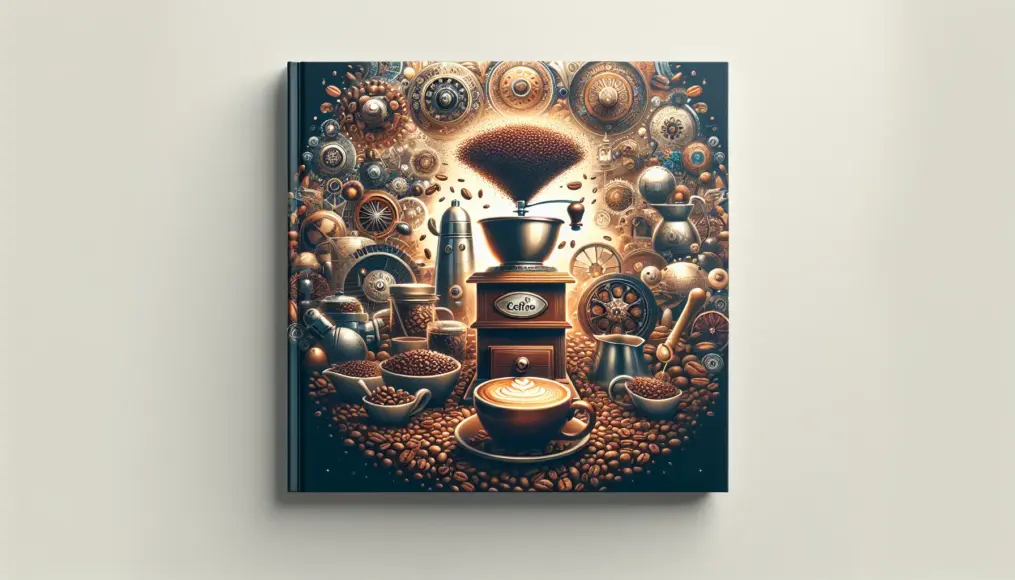
Comment